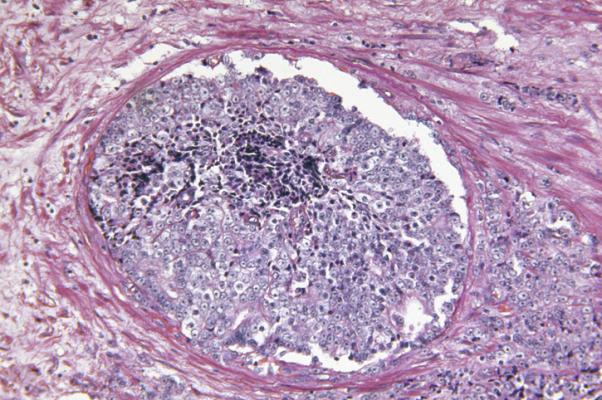
Getty Images
September 8, 2020 — Approved by the US Food and Drug Administration (FDA) in 2015 for prostate tissue ablation, the high-intensity focused ultrasound (HIFU) technology has gained popularity and is becoming widely available in the United States. This new study — reflecting the authors’ experience as “first adopters” — is the initial and largest series of HIFU focal therapy as primary treatment for localized prostate cancer in the United States.
With this non-invasive high-intensity focal ultrasound strategy, nearly 90 percent of men with localized prostate cancer were able to avoid or delay radical treatment (surgery or radiation), suggests the study by Andre Luis Abreu, M.D., of University of Southern California, Los Angeles, and colleagues. They write, “Focal HIFU ablation is safe and provides excellent potency and continence preservation with adequate short-term cancer control.”
Promising Results with HIFU in 100 Men with Localized Prostate Cancer
With several options available, men with localized prostate cancer can feel overwhelmed when making a decision about their treatment. While radical prostatectomy and radiation therapy can effectively treat the cancer, they have high rates of side effects, including impotence (partial or no erections) and incontinence (involuntary urine leak). For very carefully selected patients with low-risk and non-aggressive (indolent) prostate cancer, active surveillance may be utilized to monitor any growth of the disease.
For those seeking alternatives, HIFU is an option which enables the surgeon to precisely target the area of the prostate where the cancer is located. Using high-intensity focused ultrasound energy to rapidly heat and destroy the targeted area of the prostate, HIFU is a non-surgical and non-radiation, one-stop and outpatient treatment.
This approach, called partial gland ablation, aims “to avoid or delay radical treatment and its inherent quality of life deterioration,” Abreu and coauthors write. They reviewed their experience with HIFU in 100 men (average age 65 years) with localized prostate cancer.
Outcomes were assessed a median of 20 months after hemi-gland HIFU ablation of the prostate. The primary outcome of interest was “treatment failure,” including recurrent prostate cancer, the need for radical treatment, namely radiation therapy or surgery (radical prostatectomy) to remove the entire prostate, or occurrence of prostate cancer metastases or death.
At follow-up, nearly three-fourths of the men (73 percent) were free of treatment failure. With 76 percent of patients having no evidence of “clinically significant” prostate cancer, the results suggested that HIFU provides “adequate control” of the cancer within the prostate.
Researchers also noted the use of HIFU avoided complications and side effects – including sexual (impotence) and urinary (incontinence) – associated with radical prostatectomy or radiation therapy. Although minor complications occurred after HIFU in 13 percent of the patients, there were no serious complications, no fistulas, no blood transfusion or deaths. For those who responded to validated questionnaires, sexual function (erections) was preserved and urinary symptoms improved. All patients were continent after treatment.
“We believe these data represent the actual clinical practice in the United States,” Abreu and colleagues concluded. “This study provides the initial US HIFU data to prostate cancer stakeholders, including clinicians, patients, and the FDA.”
For more information: www.wolterskluwer.com


 December 23, 2025
December 23, 2025 









